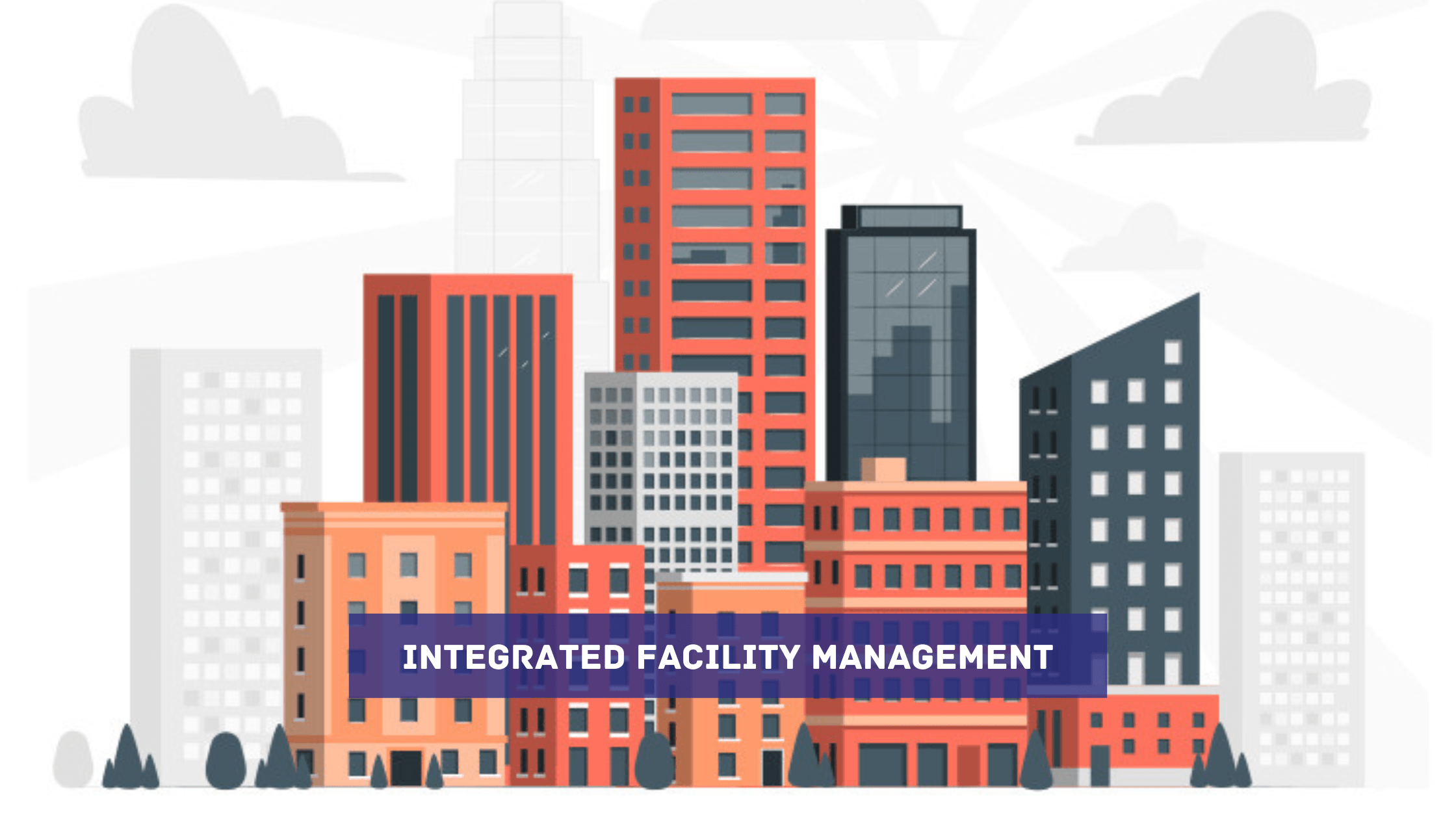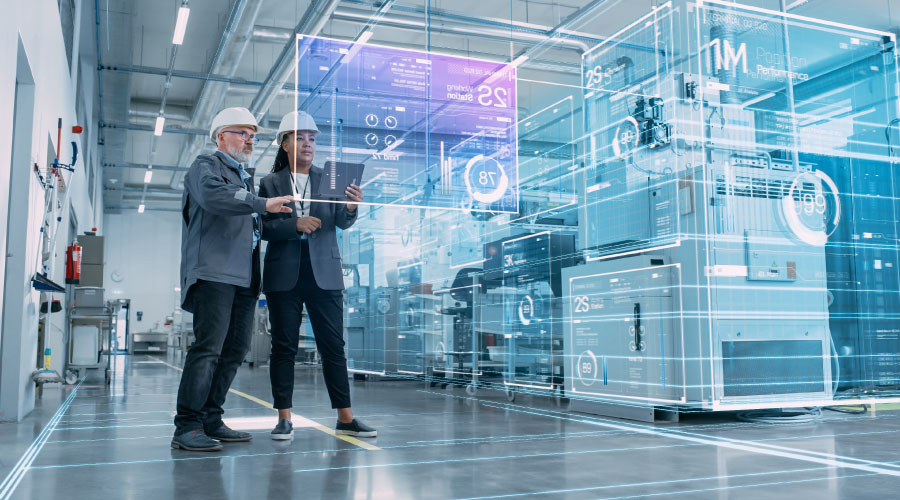Recognizing the Necessary Principles of Facility Management for Modern Companies
Recognizing the Necessary Principles of Facility Management for Modern Companies
Blog Article
The Necessary Overview to Facility Monitoring: Approaches for Success
Facility management plays a vital duty in the overall success of an organization, working as the foundation that supports efficiency, safety and security, and productivity. By employing strategic strategies such as incorporated technological services and promoting cross-departmental collaboration, organizations can dramatically improve their functional foundations. However, the nuances of efficient facility monitoring expand beyond mere logistics and require a detailed understanding of both measurable and qualitative metrics. As we discover these crucial approaches, a closer examination reveals just how they can change not simply centers, however the actual society within a company itself. What might these makeovers look like in practice?
Recognizing Facility Administration
What comprises effective center monitoring? Effective facility management encompasses the control of numerous business features to make certain that constructed settings are risk-free, reliable, and favorable to productivity. Facility Management. It incorporates the principles of organization, design, and design administration to produce a seamless functional flow within a company
Trick aspects of facility administration include space planning, maintenance management, and compliance with health and wellness and security policies. Room preparation focuses on maximizing making use of physical sources to support organizational objectives, while maintenance administration makes certain that centers are maintained in ideal condition, making best use of life expectancy and reducing functional costs. Compliance with legal and governing criteria is crucial, as it safeguards the company versus potential responsibilities and improves its reputation.
Furthermore, reliable facility monitoring counts on the calculated usage of innovation, such as Building Management Solution (BMS) and Computer-Aided Center Administration (CAFM) tools. These modern technologies help with real-time surveillance of structure systems and improve maintenance procedures. Inevitably, an extensive strategy to facility management not only promotes operational effectiveness but also promotes a favorable environment for workers and site visitors alike, driving general organizational success.
Trick Techniques for Optimization
Maximizing facility monitoring calls for a tactical method that lines up operational techniques with business purposes. To achieve this, the first essential technique is the implementation of integrated technological services. Making use of innovative software program systems permits real-time monitoring of facility procedures, promoting data-driven decision-making and boosting overall efficiency.
Second of all, regular evaluations of facility performance are vital. Performing routine examinations and audits enables center managers to recognize locations that need renovation, guaranteeing that resources are alloted efficiently. This proactive approach assists in reducing downtime and boosting service shipment.
Another essential approach is promoting collaboration throughout divisions. By encouraging open communication in between groups, center managers can much better straighten their techniques with business goals, bring about improved functional synergy. In addition, engaging personnel in training programs advertises a society of responsibility and improves their capacity to add to optimization initiatives.
Enhancing Security Protocols
Strengthening safety and security methods is necessary for developing a safe setting within facilities. An extensive safety and security procedure not only shields employees and site visitors but also enhances operational performance. To attain this, facility supervisors have to conduct routine risk assessments to determine potential threats and guarantee that ideal steps remain in location.
Educating and education are critical elements of effective safety and security procedures - Facility Management. Staff members must obtain recurring training in emergency treatments, tools handling, and personal safety actions. Regular drills, such as fire emptyings or lockdown procedures, foster knowledge and readiness among team
Additionally, clear interaction channels must be established to report safety problems immediately. This includes developing an easily accessible platform for employees to articulate prospective threats or cases without anxiety of retribution. Moreover, leveraging technology can enhance safety and security click here for more info steps; as an example, executing monitoring systems and gain access to controls aids check facility activities and limit unauthorized entrance.
Lastly, compliance with regional policies and market criteria is non-negotiable. Normal audits and reviews of safety procedures make sure positioning with present regulations and ideal practices. By prioritizing these techniques, center managers can grow a society of safety and security that secures all stakeholders and eventually contributes to the company's success.
Improving Workplace Atmosphere

Ergonomic considerations are essential to minimize physical stress and pain. Facility Management. This entails supplying flexible furniture, proper lighting, and adequate room for motion. These modifications can result in reduced absenteeism and increased work complete satisfaction
Aesthetic appeals play an important function in forming the office atmosphere. Using shade psychology, natural lighting, and plant can cultivate a stimulating and inviting environment. Thoughtfully designed areas can enhance creativity and enhance general health.
Moreover, motivating staff member involvement with comprehensive decision-making procedures can boost the sense of possession and belonging. Gathering you can find out more feedback on office improvements and entailing workers in the layout process can bring about a much more customized setting that meets their demands.
Last but not least, promoting well-being campaigns, such as health cares and relaxation spaces, can additionally add to an encouraging workplace society. By concentrating on these approaches, center managers can successfully improve the office environment, driving both worker fulfillment and organizational success.
Measuring Success in Facilities
Measuring success in center management calls for a detailed approach that evaluates both qualitative and quantitative metrics. Quantitative metrics commonly include vital efficiency indicators (KPIs) such as space utilization prices, power consumption, maintenance expenses, and occupancy degrees. These metrics provide a clear photo of operational efficiency and financial performance, permitting center managers to determine areas for renovation and standard against sector standards.
Qualitative metrics, on the other hand, concentrate on customer contentment and worker interaction. Studies and feedback mechanisms can determine exactly how well the facilities fulfill the requirements of owners, assisting to examine the general office setting. This element is crucial, as a satisfied labor force is typically linked to increased performance and retention rates.
To effectively gauge success, center managers ought to likewise consider incorporating modern technology, such as developing monitoring systems and data analytics tools, to accumulate and analyze appropriate data. Regularly evaluating both sets of metrics permits for a more balanced view of performance and notifies strategic choices. Ultimately, a successful center management approach pivots on a dedication to constant enhancement, guaranteeing that both functional effectiveness and individual satisfaction are prioritized.
Final Thought

Facility monitoring plays an essential function in the general success of an organization, offering as the backbone that supports efficiency, security, and effectiveness.Secret aspects of facility management consist of area preparation, upkeep monitoring, and compliance with health and wellness and safety laws.Moreover, reliable center administration depends on the calculated use of modern technology, such as Structure Administration Solution (BMS) and Computer-Aided Facility Administration (CAFM) devices. Eventually, a comprehensive technique to center monitoring not only advertises functional efficiency but also fosters a positive environment for workers and visitors alike, driving overall business success.
Eventually, an effective facility management method pivots on a dedication to continual improvement, making sure that both functional effectiveness and customer satisfaction are prioritized.
Report this page